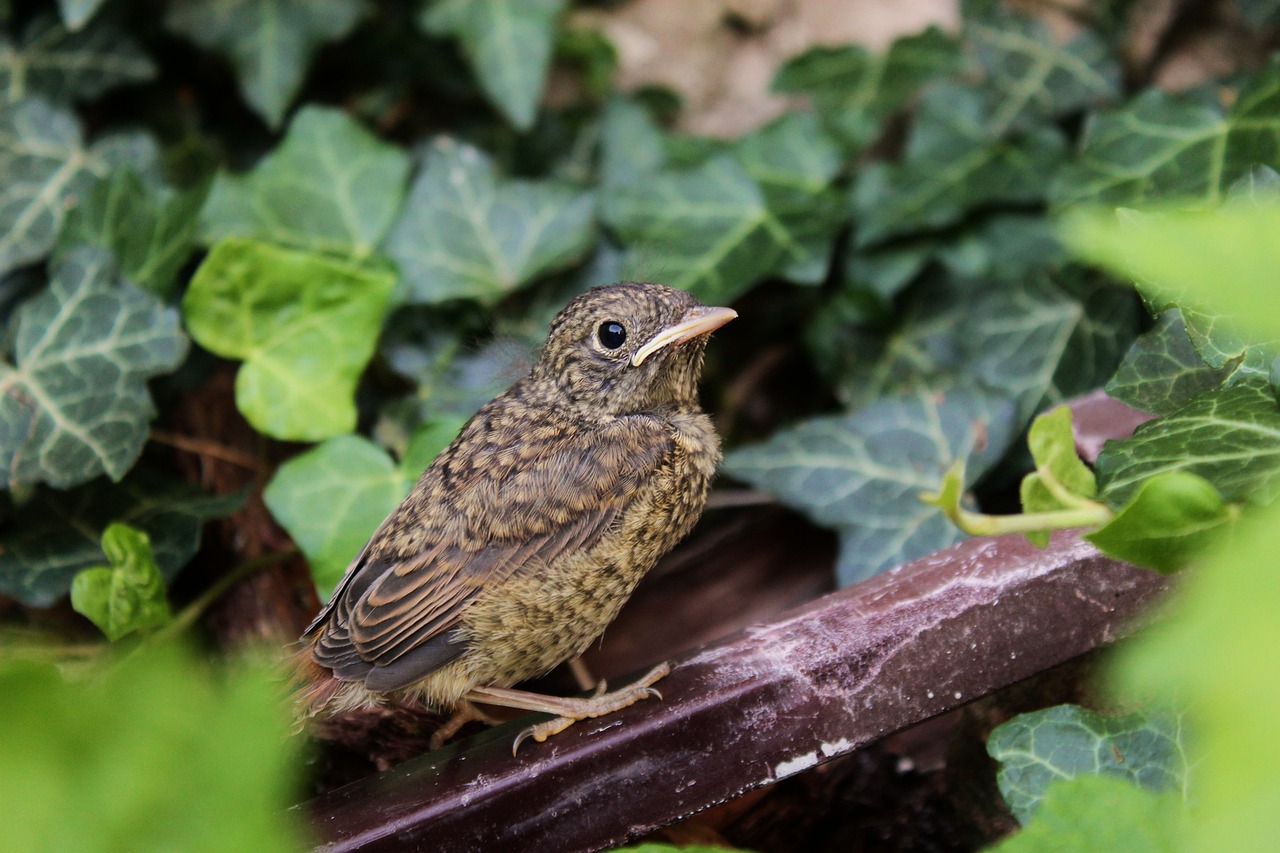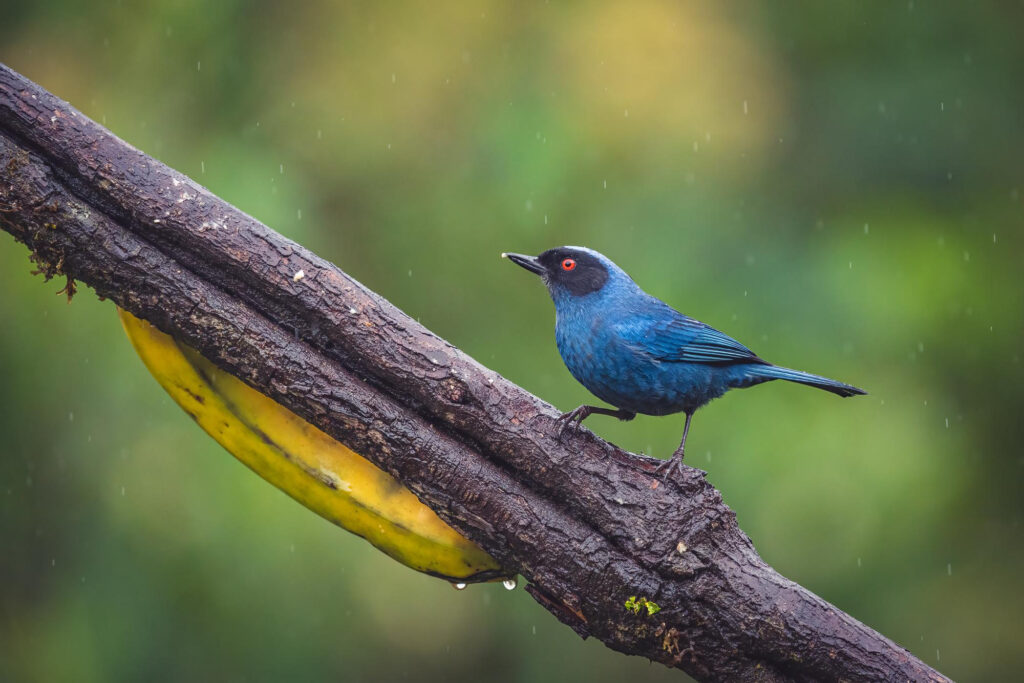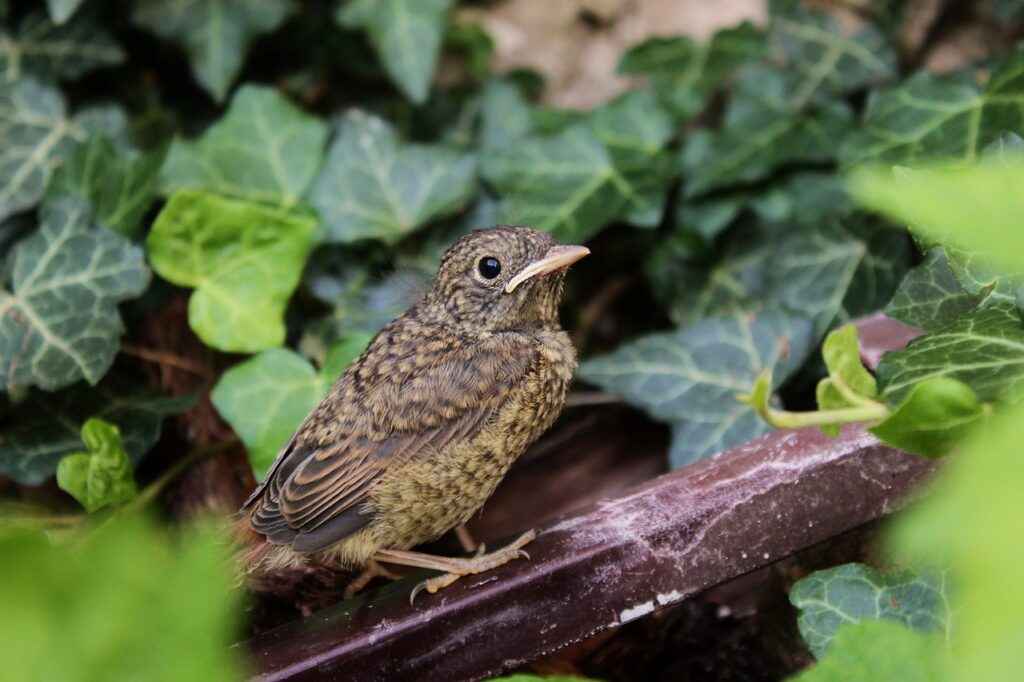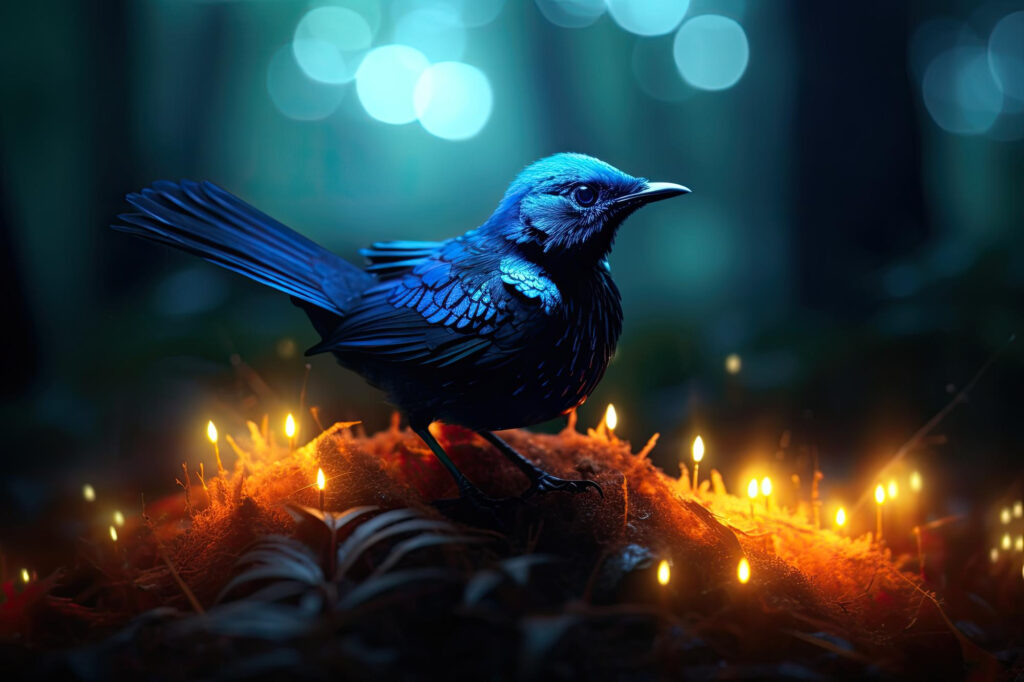Analyze the use of allusions in “Ode to a Nightingale.” How do references to ancient mythology and classical literature add depth and meaning to the poem?
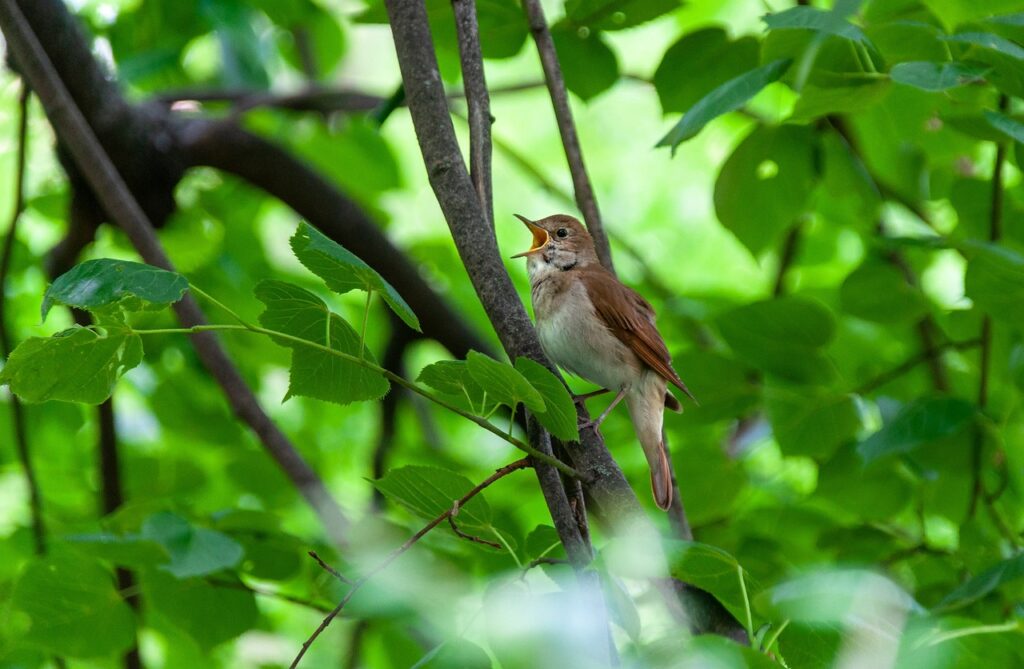
The Use of Allusions in Ode to a Nightingale
“Ode to a Nightingale” by John Keats is a masterful exploration of various themes, including mortality, nature, art, and human experience. To enhance the depth and meaning of the poem, Keats employs a rich tapestry of allusions to ancient mythology and classical literature. These allusions not only add layers of complexity to the poem but also provide a framework through which Keats conveys his philosophical and emotional insights. In this analysis, we will delve into the use of allusions in “Ode to a Nightingale” and examine how they contribute to the poem’s overall significance.
Introduction: The Function of Allusions
Allusions are references to well-known figures, events, or works from literature, mythology, history, or culture. In “Ode to a Nightingale,” Keats strategically weaves these allusions into the fabric of the poem to deepen its themes and engage the reader in a nuanced exploration of the human experience. By drawing upon the rich reservoir of classical and mythological sources, Keats invites the reader to consider the timeless relevance of his themes and to reflect on the interplay between art, nature, and the ephemeral nature of life.
Allusions to Ancient Mythology
Keats employs allusions to ancient Greek and Roman mythology to underscore the themes of immortality and the contrasting transience of human existence. For instance, in lines 1-2, the nightingale is referred to as a “light-winged Dryad of the trees.” The term “Dryad” alludes to the mythological tree spirits of ancient Greece, highlighting the nightingale’s connection to nature and its role as a symbol of perpetual beauty.
Similarly, the reference to “Lethe” (line 11) alludes to the river in Hades, the underworld of Greek mythology, associated with forgetfulness. Keats uses this allusion to convey a sense of escapism, suggesting that the nightingale’s song has the power to temporarily erase the burdens of mortality and bring the speaker closer to a state of oblivion.
The Myth of Ruth and the Nightingale
In lines 25-26, Keats alludes to the story of Ruth from the Bible: “Away! away! for I will fly to thee, / Not charioted by Bacchus and his pards.” The reference to Bacchus, the god of wine and revelry, contrasts with the nightingale’s pure and unaffected song. This allusion emphasizes the nightingale’s authenticity and underscores the idea that its song is more potent and unadulterated than any earthly pleasures associated with Bacchus.
Allusions to Poetry and Art
Keats also employs allusions to renowned poets and artists to emphasize the enduring power of art and its potential to transcend time. In lines 43-44, he references the “fancy” of the “viewless wings of Poesy,” invoking the realm of poetic inspiration. The allusion to Poesy, a term used in Romantic literature to refer to poetry, underscores the idea that art has the ability to elevate the human spirit and transport the imagination beyond the constraints of mortality.
Likewise, the reference to “Marcian” (line 58) alludes to the Roman poet Claudian, whose works often celebrated the exploits of emperors and military heroes. The mention of Marcian serves to contrast the fleeting fame and accomplishments of historical figures with the timeless beauty of the nightingale’s song.
The “Drowsy-Numbness” of Lethe-wards
In lines 2-3, the speaker alludes to “drowsy-numbness” and “hemlock” in connection with the nightingale’s song. This allusion to poisonous hemlock, a plant associated with death and the execution of Socrates, adds a layer of complexity to the poem’s exploration of mortality. The image of the “drowsy-numbness” suggests a desire to escape the pains of life, while the reference to hemlock introduces a darker undertone, hinting at the potential dangers of seeking oblivion.
The Contrast of “Poesy” and “Tragic Mirth”
Keats juxtaposes the concepts of “Poesy” (line 57) and “tragic mirth” (line 69) to create a contrast between the elevated realm of artistic inspiration and the fleeting nature of human existence. The allusion to “tragic mirth” evokes a sense of paradox, as mirth typically conveys joy and happiness, while “tragic” introduces an element of sorrow. This juxtaposition reflects the contradictory emotions that characterize the human experience and emphasizes the power of art to convey complex and nuanced feelings.
References to Timelessness and Eternity
Keats’ allusions to eternal figures and timeless themes contribute to the poem’s meditation on immortality. In lines 61-62, the speaker envisions the nightingale’s song as something that “wast not born for death,” aligning it with eternal truths and highlighting the contrast between the nightingale’s immortal song and the fleeting nature of human life.
The “Magic Casements” and Romantic Idealism
In lines 70-71, the speaker refers to “magic casements opening on the foam / Of perilous seas, in faery lands forlorn.” The concept of “magic casements” alludes to the imaginative and visionary aspects of Romantic literature. The phrase “faery lands forlorn” suggests a yearning for idealized and unattainable realms, which resonates with the Romantic theme of seeking something beyond the mundane.
The Paradox of “Fast Fading violets”
In lines 17-18, the speaker describes “fast fading violets” that “wane / To sleep.” The allusion to the fading violets and their eventual sleep mirrors the transient nature of human life. The violets, associated with fragility and ephemerality, become a symbol for the fleeting beauty of existence.
Conclusion: Enriching the Poetic Landscape
The strategic use of allusions in “Ode to a Nightingale” enriches the poem’s thematic exploration and enhances its emotional depth. By drawing on classical mythology, literature, and historical figures, Keats amplifies the contrast between the eternal and the temporal, the ideal and the real. These allusions serve as a bridge between the natural world and the realm of human imagination, inviting readers to contemplate the profound questions of mortality, artistic inspiration, and the enduring power of the human spirit. Through these references, Keats infuses his ode with layers of meaning and invites readers to embark on a transcendent journey of contemplation and self-discovery.
*****
Read More:
More Questions and Answers from Ode to a Nightingale by John Keats

